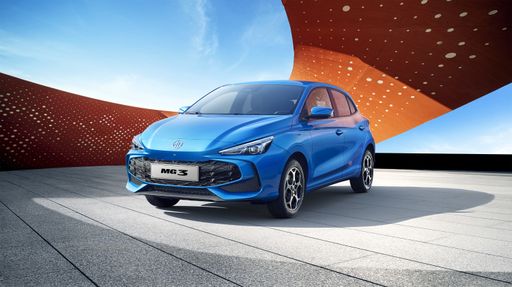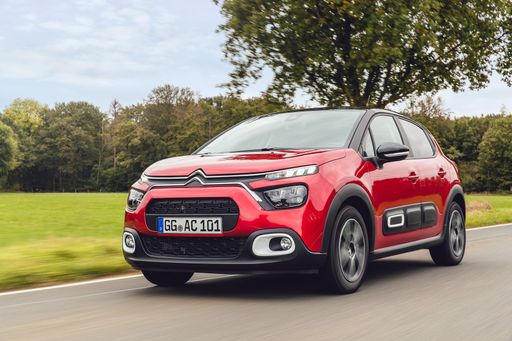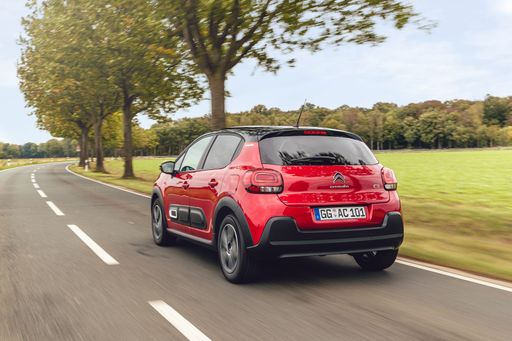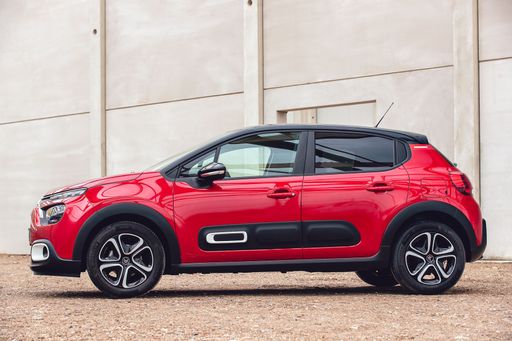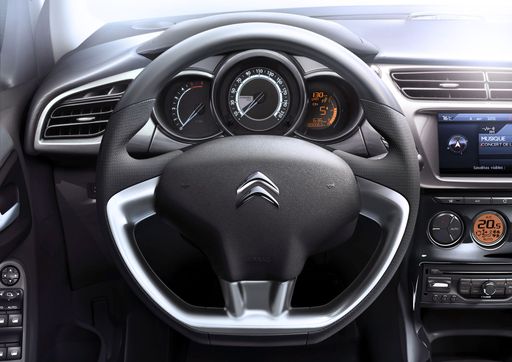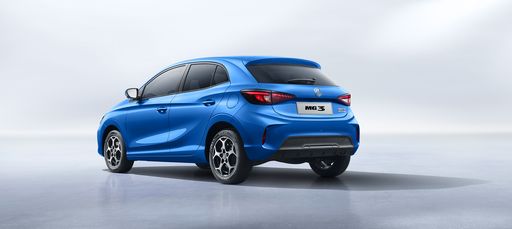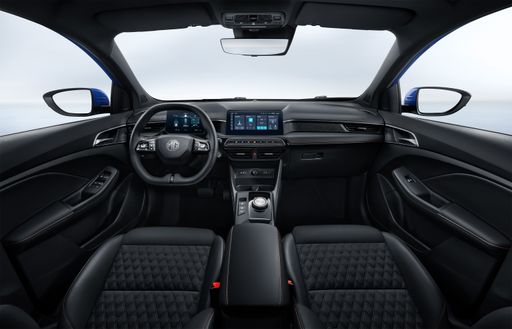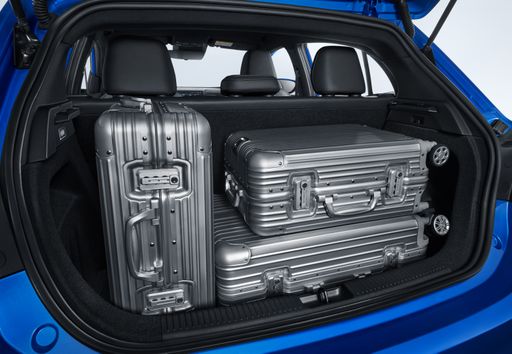Comparing the Citroen C3 and MG MG3: A Closer Look at Two Innovating Models
In the ever-evolving world of automobiles, the need for efficient, stylish, and technologically advanced vehicles is paramount. Two contenders in the compact car segment are the Citroen C3 and the MG MG3. Both vehicles offer a blend of performance, comfort, and innovation, but they cater to different tastes and preferences. Let’s delve deeper into their specifications and innovations to see how they stack up against each other.

